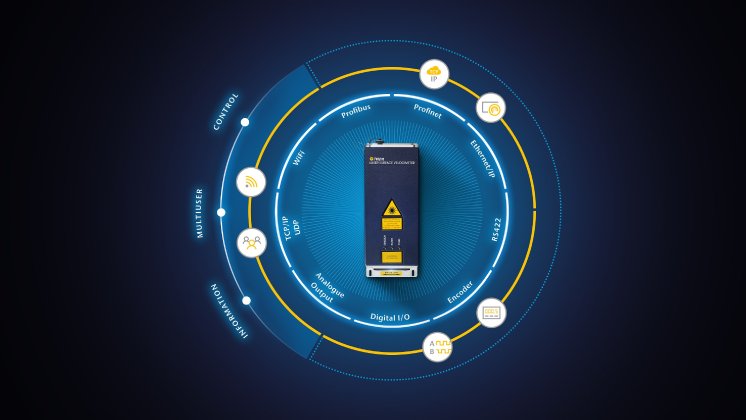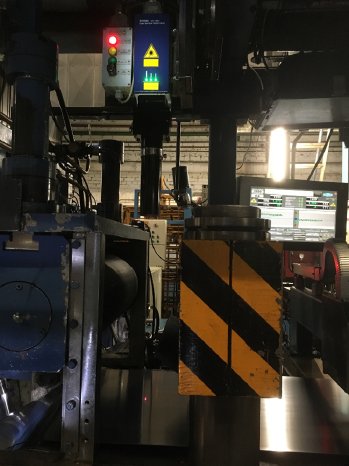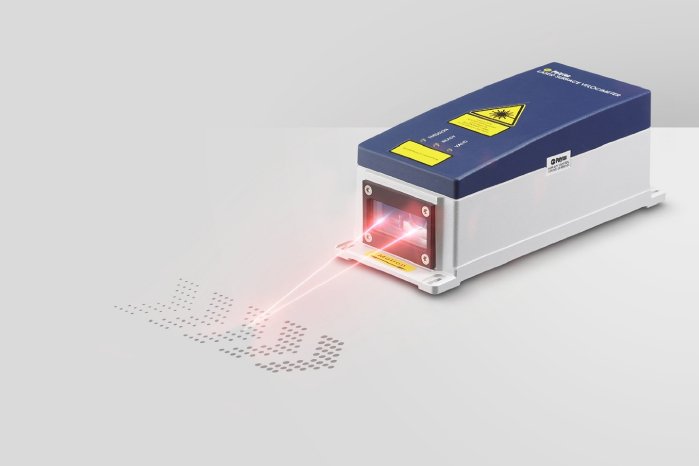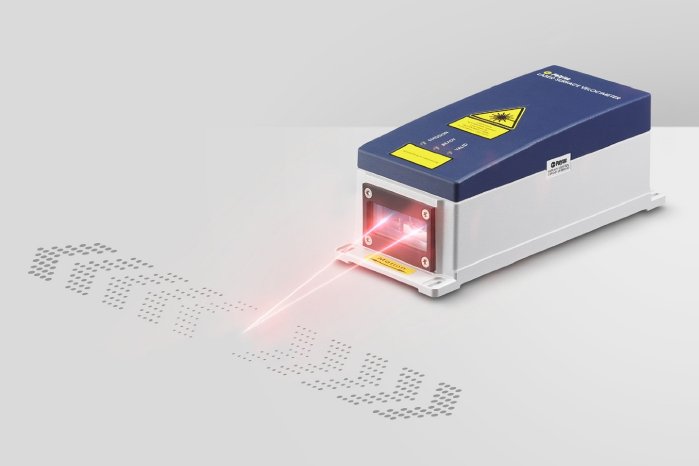In rolling mills and strip processing lines, the high-precision speed and length data provided by the surface velocimeters of the ProSpeed® LSV series are used as input data for process control and process optimization.
The new ProSpeed® LSV-1100 comes with the same connectivity as the ProSpeed® LSV-2100, the most comprehensive system of the series and designed, for example, to operate from larger stand-off distances. Both Polytec systems now feature various interfaces, e.g. for Profinet or Ethernet connectivity, to facilitate their integration into modern process control environments. The wide range of available interfaces makes it easy for plant engineers to integrate the system into the data environments of production plants, no matter where in the world they are going to be used.
The measured data can be transferred via a wi-fi module to the control pulpits and visualized. The display of the data can be freely configured and the measured values conveniently parameterized and maintained via a web interface. Up to four users can access the system data at the same time.
By providing the new ProSpeed® LSV-1100 with the same high connectivity level as the ProSpeed® LSV-2100, Polytec makes operation and maintenance of the systems across the works easier. Both systems have the same high technological standard and are operated and maintained exactly in the same way. This is a great benefit for plant operators using both series models in their operations.
Robert Bodamer, Product Manager at Polytec, describes how his customers benefit from this standardization: “The two systems differ only in terms of the measuring features and the way they can be arranged in the production line. ProSpeed® LSV-2100, for example, comes with the additional capability of detecting the product‘s direction of motion and even standstill conditions. And it can be arranged at stand-off distances of up to 3 meters from the passline.”
Surface velocimeters are used for process control functions such as mass flow regulation (Automatic Gauge Control AGC) at rolling stands. The data from the strip speed measurement play a key role in speeding up and making roll gap adjustment more precise. Thus, AGC reduces the time needed for a strip to achieve its specified thickness after coil threading, reducing the out-of-spec portion of the coil as a result.
Polytec at Metec 2023
Düsseldorf, Germany, June 12 – 16, 2023
Hall 1, Stand A54






